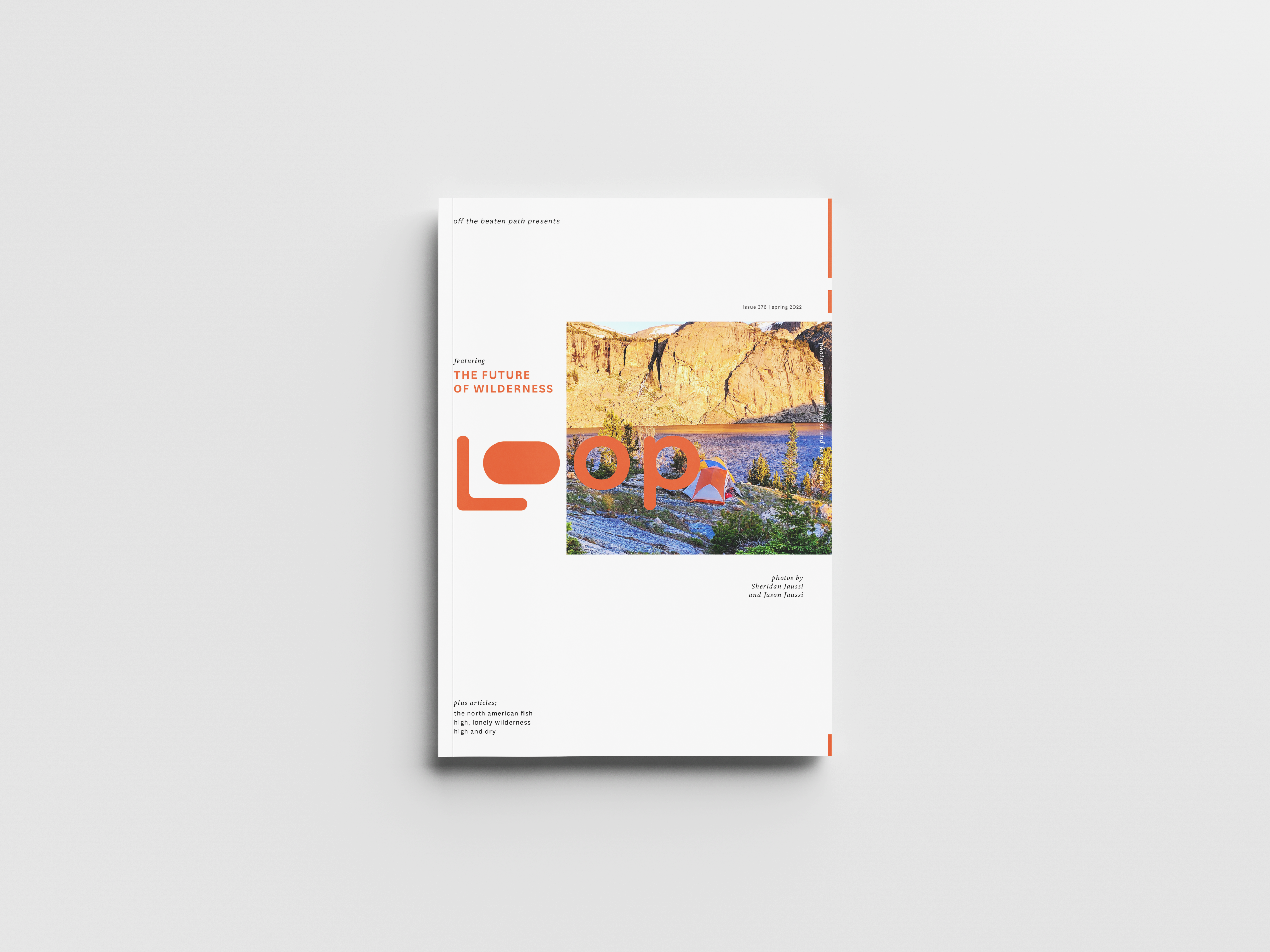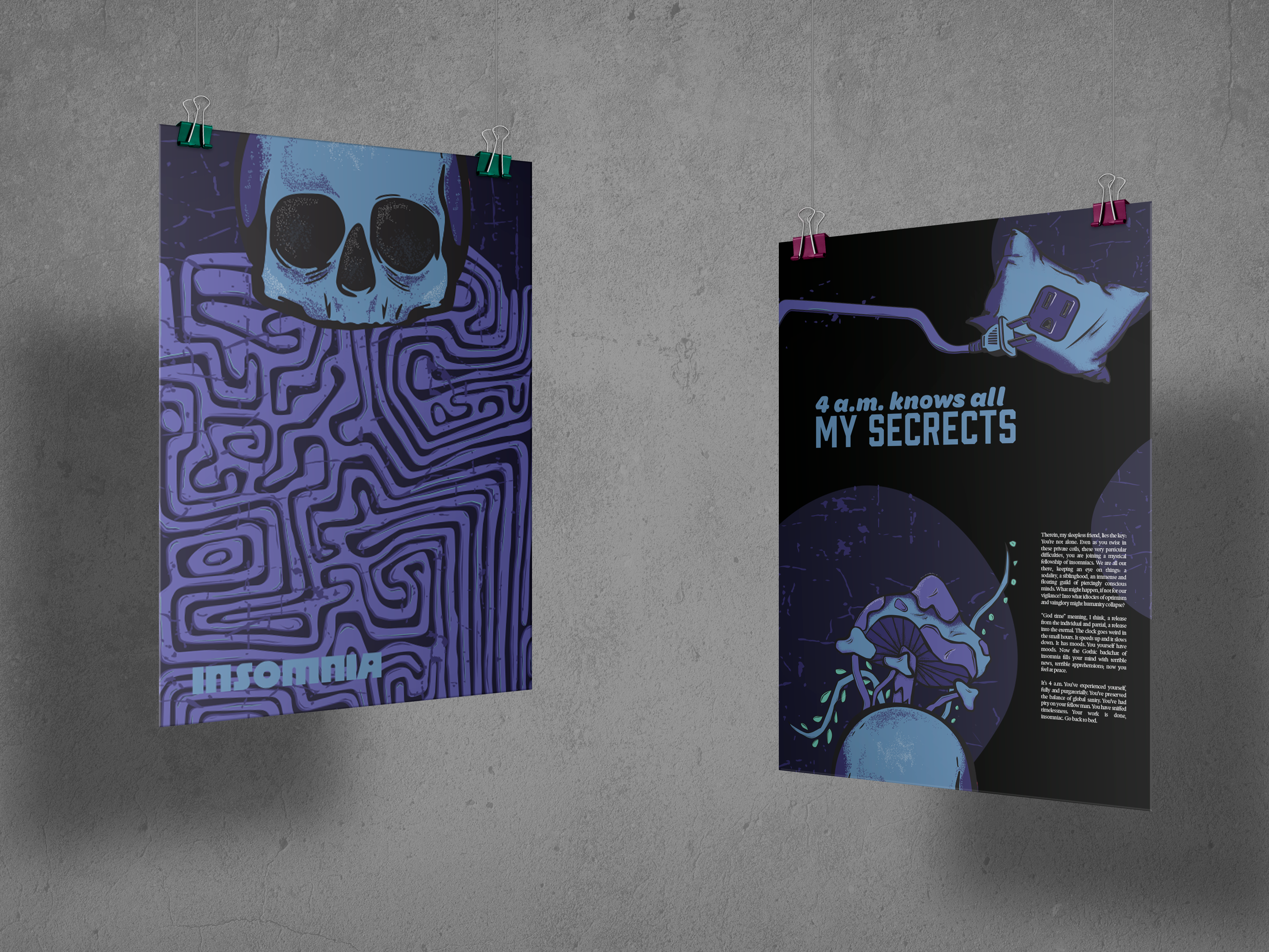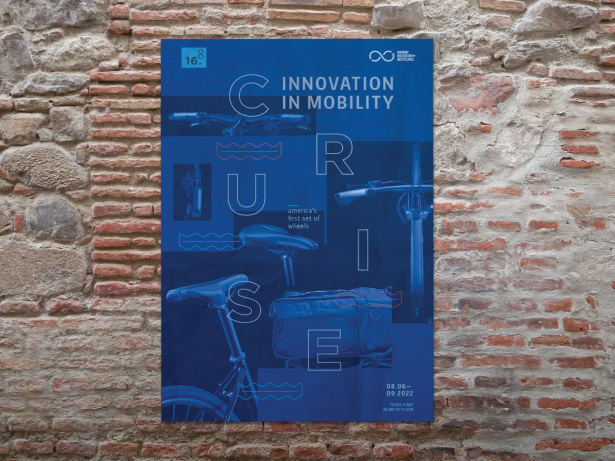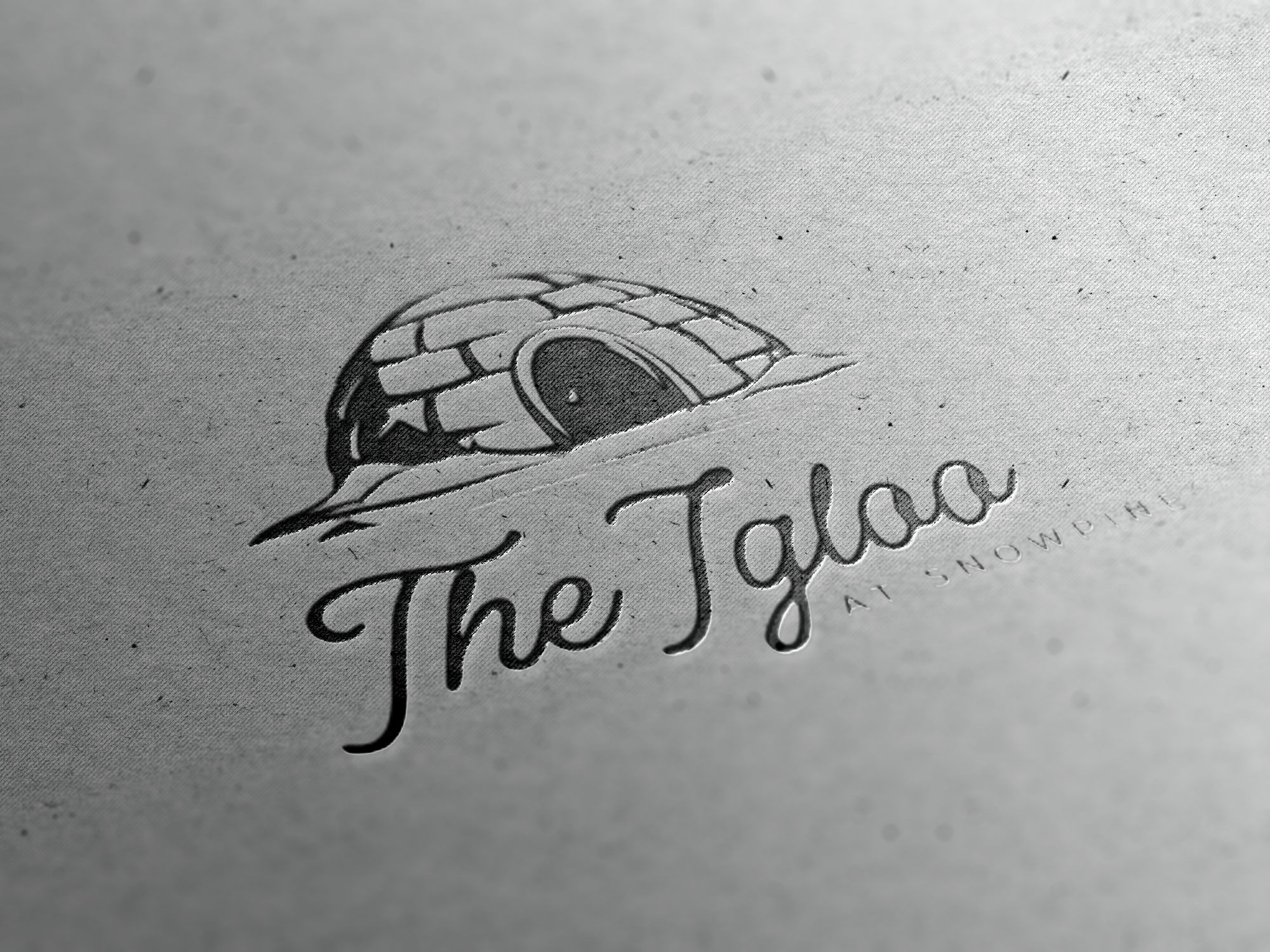This instructional module trains the College of Engineering's marketing team at Utah State University to use ClickUp for managing internal projects and external requests. The goal is to improve organization, accountability, and collaboration by introducing a standardized workflow and clear communication strategies through ClickUp.
The Challenge
The College of Engineering’s marketing team at Utah State University faced a common but critical problem: they had no consistent way to manage incoming project requests, assign tasks, or track deadlines. There was no dedicated project manager, and the lack of structure led to missed deadlines, duplicate work, and stress across the team.
Our challenge was to design a training solution that would not only introduce a new tool—ClickUp—but also establish a streamlined, repeatable workflow for both internal team members and external stakeholders. The goal was to reduce last‑minute chaos, increase accountability, and create better visibility into project progress.
Digging Deeper: Needs, Task & Learner Analysis
We began by conducting a needs analysis using Gilbert’s Behavior Engineering Model to determine whether the issue was due to tools, motivation, or knowledge gaps. We found that the core problem was a lack of process knowledge and tool familiarity—making training the right solution.
Task Analysis revealed the full workflow users needed to follow in ClickUp, from account setup to project creation, task assignment, communication standards, and reporting.
Learner Analysis included a diverse audience of team leads, designers, and PR specialists with varying levels of tech comfort. To address this, we developed detailed learner personas to guide content decisions.
Instructional Goals & Objectives
From our analysis, we identified three core instructional goals:
+ Implement ClickUp effectively
+ Follow a standardized workflow for project intake and task management
+ Establish clear communication and task accountability practices
Objectives were performance-based and measured through interactive simulations, sandbox activities, and knowledge checks. For example, team members were expected to assign tasks, track statuses, and generate weekly reports using ClickUp tools—with at least 80–90% accuracy.
Organizing the Instruction
The training was delivered as a self-paced, asynchronous module hosted online. We applied Elaboration Theory to guide the instructional flow—starting with foundational knowledge and progressing to more complex application.
Key instructional components:
+ Written guides with clear steps and best practices
+ Demo videos showing real workflows in ClickUp
+ Interactive simulations (built in Articulate Storyline) to practice tasks hands-on
+ Guided group exercises in a sandbox environment
+ Scenario-based quizzes to reinforce decision-making skills
These formats were selected to match the varying needs of our personas—some preferred visuals and interaction, others wanted structured text.
Evaluation & Desired Outcomes
We used a mix of formative and summative evaluation strategies:
Formative review by internal leads and ClickUp-experienced SMEs
Learner validation through sandbox testing and surveys
Performance-based rubrics for task accuracy, collaboration, and reporting
Key desired outcomes:
Increase in consistent ClickUp usage across 80% of projects
Reduction in missed deadlines and miscommunication
More structured intake from external stakeholders using request forms
Post-training analytics and user feedback will help determine whether long-term adoption goals are met.
The Outcome & Reflection
This project successfully addressed a real need with a practical, well-structured training solution. Having a real use case made everything easier—we could design around actual workflows, challenges, and pain points rather than making up scenarios.
Personally, this was my first time building something like this, and I learned a lot about both the instructional design process and the importance of good planning. I saw how much difference it makes to gather the right information early and how crucial it is to design with real users in mind.
If I could change one thing: I’d start on the prototype earlier. That would’ve allowed more testing and refinement to ensure all objectives were fully represented—and maybe made the training a bit more dynamic. I know training can’t always be fun, but it’s always worth trying to make it more engaging where possible.









